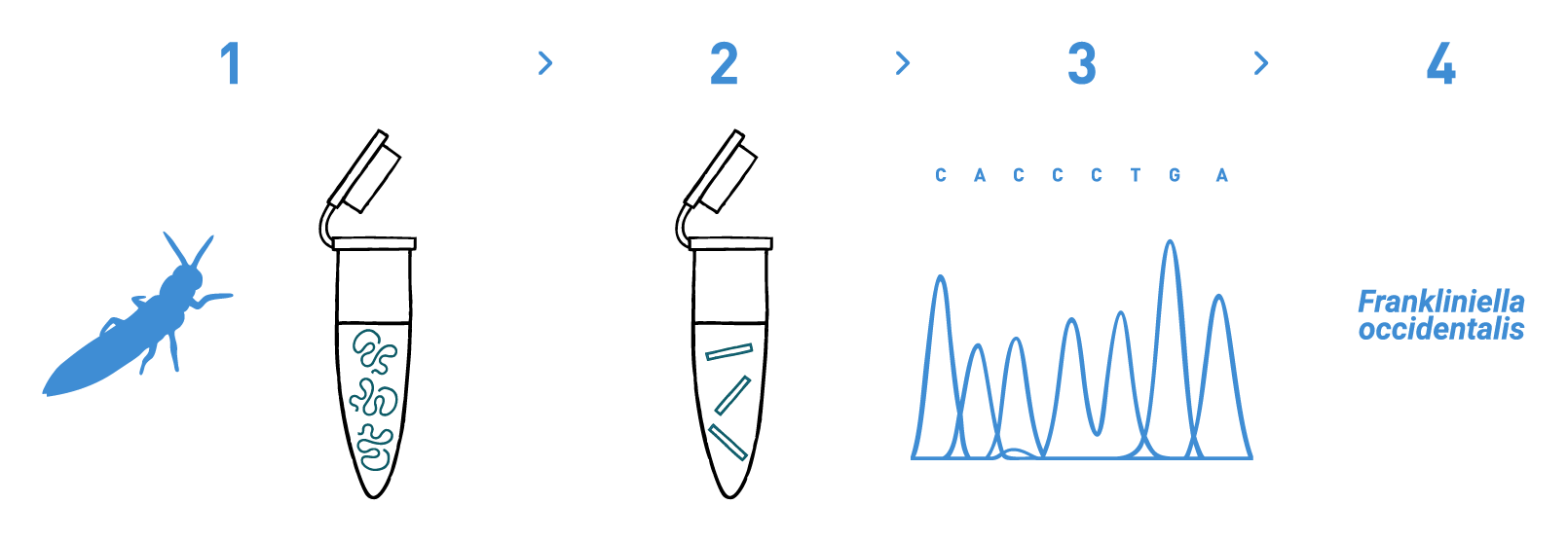Experts in identifying pest species by DNA barcoding
Cost-effective pest species identification service using DNA barcoding
The correct identification of pest species is a crucial step for the appropriate application of phytosanitary measures. The importance of DNA barcoding for the official diagnosis of regulated pests was recognised by the International Standards of Phytosanitary Measures (ISPM nº 27) in 2006.
Identifying pests to the species level has traditionally been based on morphological analysis. However, the more non-indigenous species there are, the fewer trained taxonomists for each organismal group are to be found in control agencies. Therefore, DNA barcoding has become the method of choice for a rapid, reliable, and cost-effective identification of pest species. In the particular case of invertebrate pests, DNA barcoding can not only correctly diagnose adult specimens but identify eggs and larvae to the species level as well. This makes it a very powerful method, as proper phytosanitary measures can be applied even before the eggs hatch, so to a great extent crop damage can be prevented.
Not only can we identify pest species, but also their natural enemies, which is a cornerstone of any successful biological control strategy.
Through our DNA-based identification service, we provide commercial growers and suppliers with an added quality assurance that certifies the identity of the species sold for biological control programs and bioefficacy assays.
Our expertise in DNA barcoding covers most plant pests and pathogens, including insects, mites, nematodes, fungi, and bacteria (click here for a complete list of species). If your target species is not in the list, please, do not hesitate to contact us and let us know what your specific testing requirements are.

Step 1
We isolate DNA from your samples. We have adapted different DNA isolation protocols, depending on the starting biological material.
Step 2
We amplify the genomic region of interest (the DNA barcode) using universal or in-house-developed primer pairs.
Step 3
We sequence the PCR products in both directions.
Step 4
We analyse the electropherograms obtained and compare the resulting sequences against reference databases to find the matching species.
What you receive
What we need
Your tissue samples appropriately preserved depending on the sample type (ethanol, silica gel, frozen, or another suitable preservation method). If required, we provide sampling kits and sampling collection guidelines to ensure that your samples arrive at our lab in optimal conditions.